The Boom-and-Bust Histories Behind 8 Oregon Ghost Towns
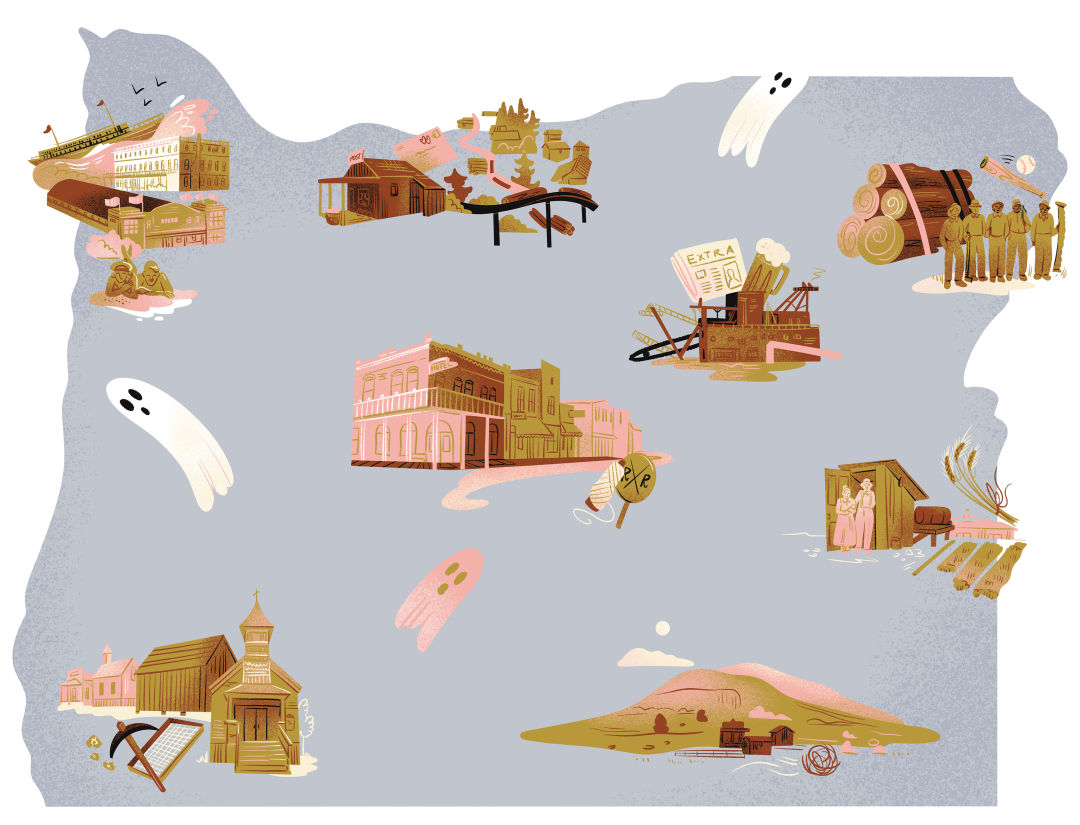
according to some counts, Oregon is home to more than 200 ghost towns— bygone settlements that hold tales of high hopes, dashed dreams, and booms gone completely bust. Here are eight that span the state, a few of which can still be visited today.
Bayocean

On a narrow spit of sand on Tillamook Bay, this “Atlantic City of the West” rose in the early 1900s with a dance hall, 1,000-seat movie theater, bowling alley, bandstand for live music, and heated saltwater swimming pool with a wave generator. Began sliding into the sea by 1926. Final building
swallowed up in 1971.
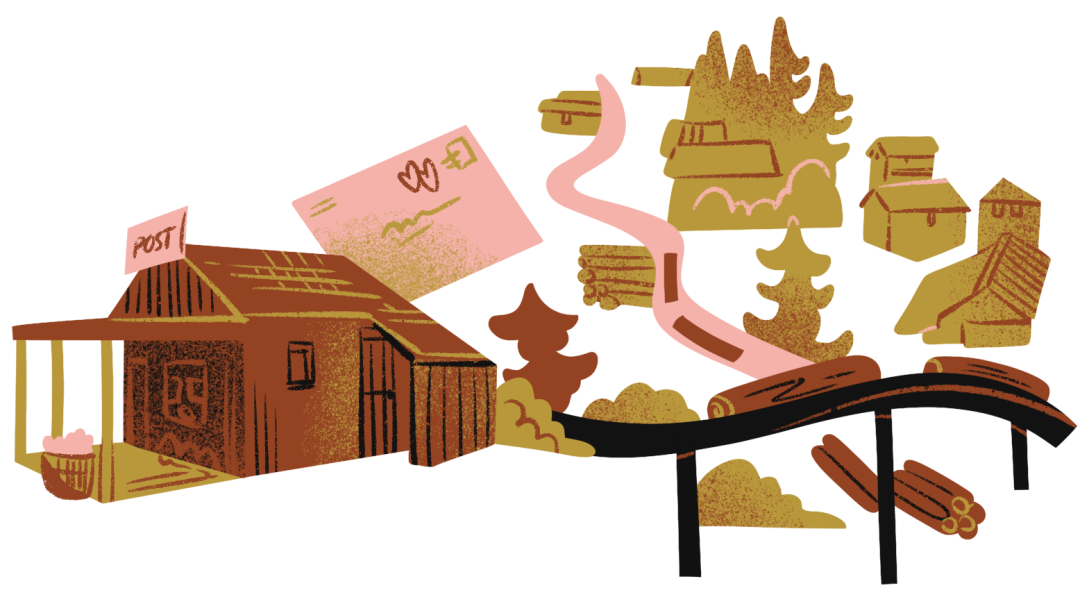
Bridal Veil
Columbia River mill town near falls of the same name. Timber logged on Larch Mountain and rough-cut in Palmer arrived at Bridal Veil’s finishing mills via a 1.5-mile log flume. A cemetery remains, and a post office with a postmark that’s popular for wedding invitations.
Maxville

Logging town in Wallowa County, run by a Missouri company and settled by Black and white families. Segregated baseball teams combined for regional tournaments. A recent archaeological dig turned up artifacts—a Levi Strauss rivet, glass beads—from the lost Black neighborhood. In Joseph, visit the Maxville Heritage Interpretive Center.
Sumpter

This gold mining boomtown in the Elkhorns tallied more than 2,000 residents in the early 1900s, plus an opera house, brewery, and three (!) newspapers. Largely devastated by fire in 1917. Mining continued till the ’50s; present-day visitors can tour a massive dredge.
Shaniko

Major trade center for wool from Central and Eastern Oregon. Undone by opening of a rival rail line and downtown-destroying fires. Today home to a few dozen residents, wooden sidewalks out of a John Ford film, and a vibe-filled historic hotel.

Dead Ox Flat
Tiny farm town of dugout homes on sagebrush prairie near Ontario. Owes existence to the Civilian Conservation Corps, which in 1937 built a miles-long pipeline to bring water to the arid valley. Photographed by Dorothea Lange for the Farm Security Administration.
Blitzen

A dry-farming boom in the early 1900s drew hopeful homesteaders to Harney County’s remote Catlow Valley; nothing grew but sturdy rye. Blitzen, the valley’s hub, had a store, school, and saloon, as well as a post office that closed in 1943. Currently returning to sagebrush.
Golden
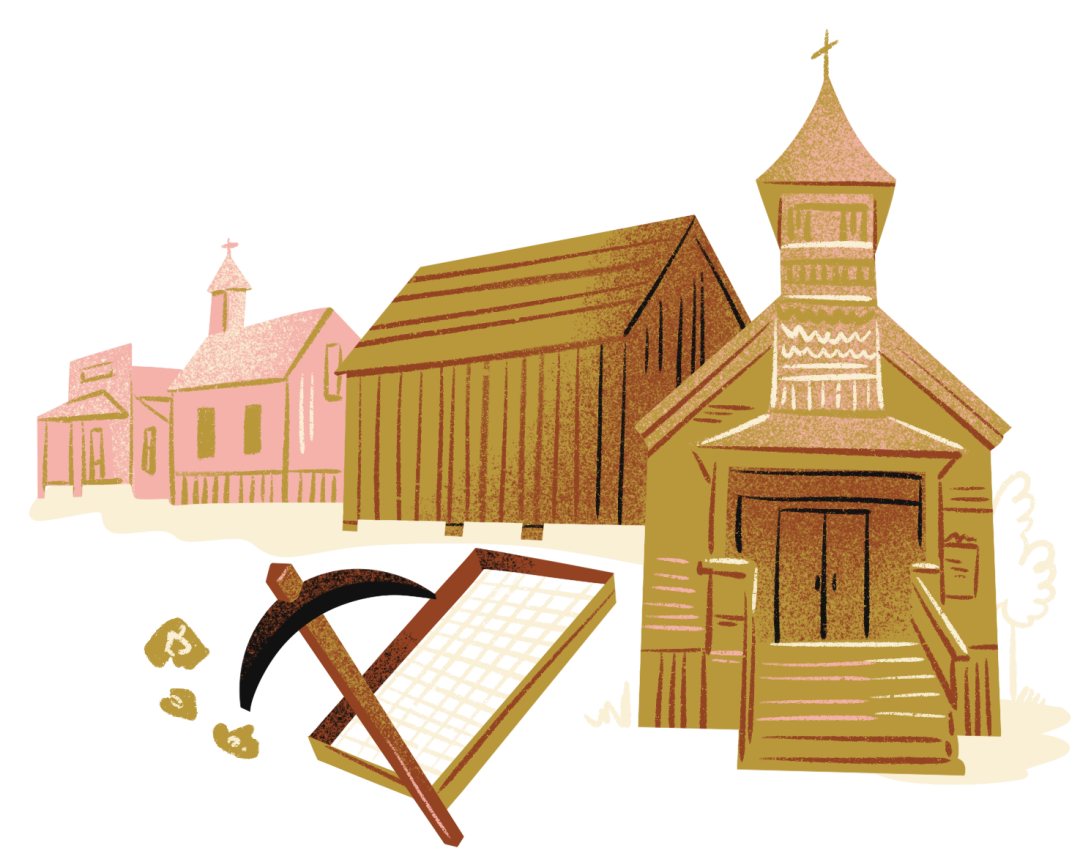
Scrappy 1850s gold mining camp turned proper (and pious) town; at its height counted about 100 residents, two churches, and zero saloons. Fake wooden grave markers installed for use during filming of a 1972 episode of Gunsmoke. Now a heritage site run by Oregon State Parks.
Share this content:










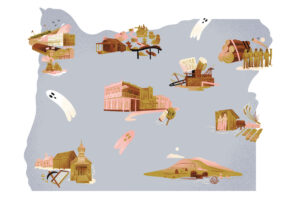



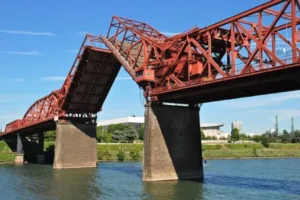
Post Comment